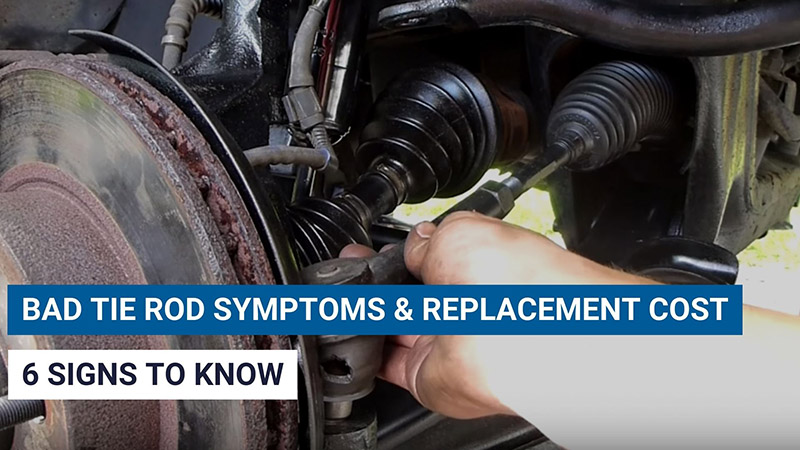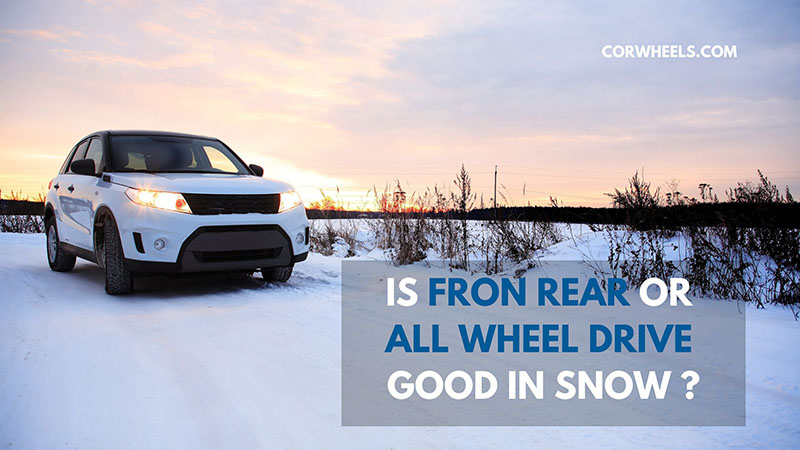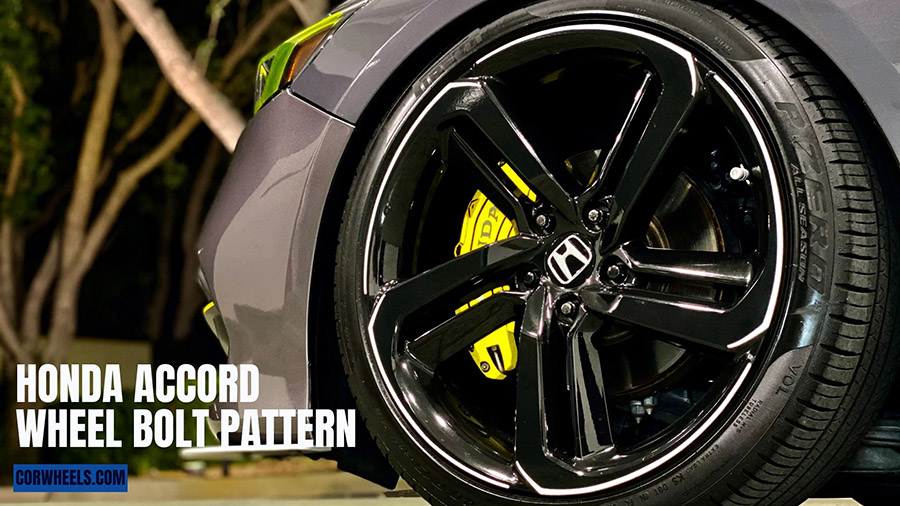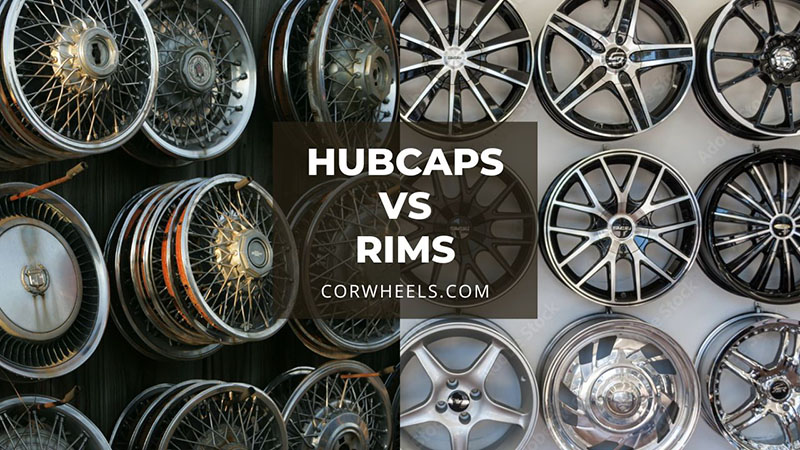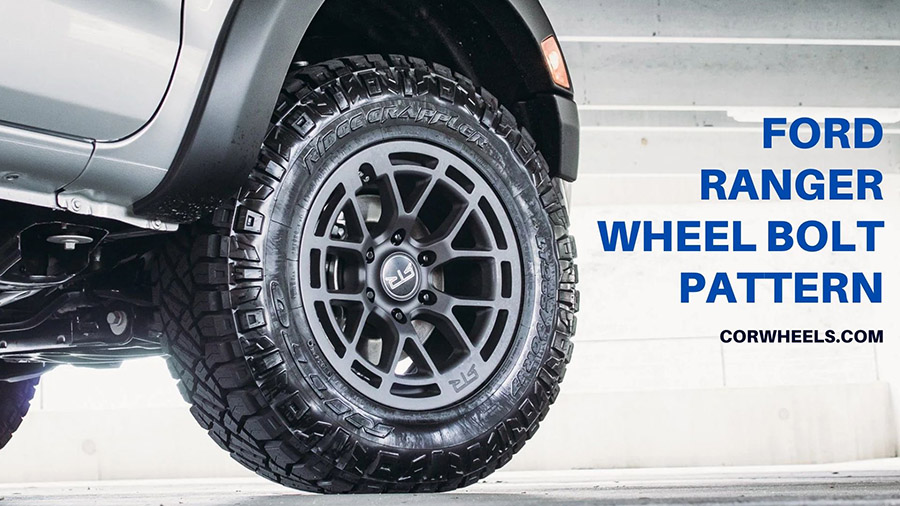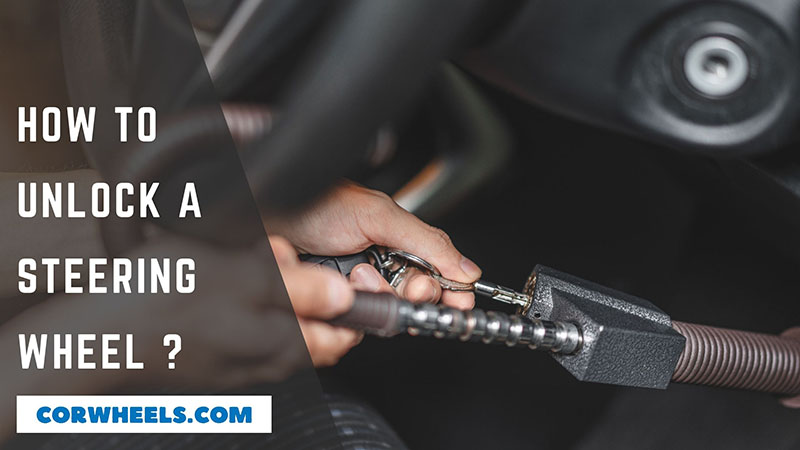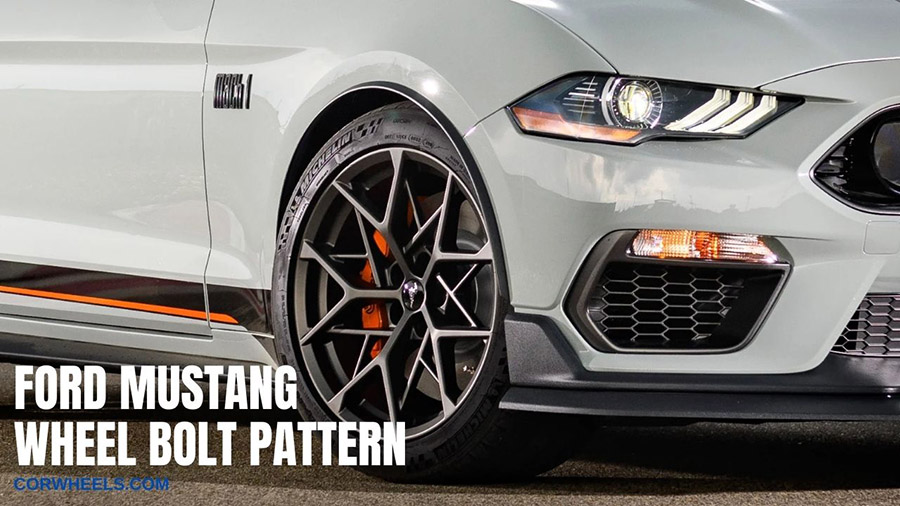Tie rods are part and parcel in the steering system of your car, linking the steering rack to the knuckle and enabling the wheels to turn smoothly.
Like all automobile components, tie rods can wear out over time, leading to potential safety hazards. Let’s discuss the bad tie rod symptoms and its replacement cost!
In this article:
How Much Does It Cost To Replace Tie Rods?
The new item typically costs between $40 and $120, and labor generally runs between $145 and $185, for a total cost of roughly $185 to $305 in most cases. The actual costs, however, can differ depending on several factors.
- Type of Vehicle: The tie rod end replacement cost can vary with your car type. Generally, larger and more complex vehicles like trucks and SUVs may require more expensive tie rods and labor, leading to higher tie rod replacement costs.
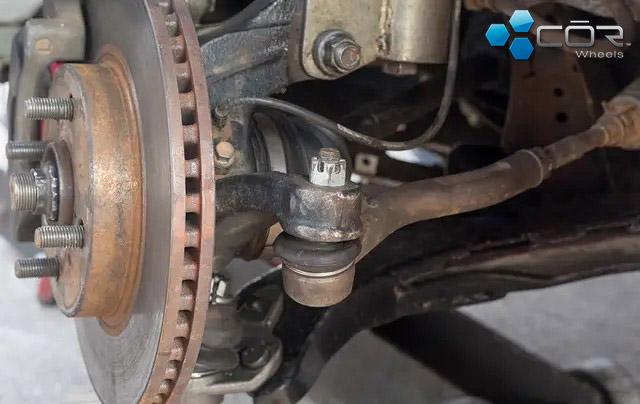
For example, the last time I replaced this part on my 2015 Ram 1500, I had to spend $295, but the same mechanic only charged me $190 for the same service on my 2013 Toyota Camry.
- Type of Tie Rod: The type of tie rod also plays a role in the overall service cost. Inner tie rods, which connect to the steering rack, tend to be more expensive than outer tie rods, which connect to the steering knuckle.
- Quality of Parts: Higher quality tie rod replacements may cost more upfront, but they can last longer and provide a better performance, ultimately saving you money in the long run.
Symptoms Of Bad Tie Rod
When tie rods experience wear and tear or become damaged, it can cause various symptoms that can be dangerous if not addressed.
1. Wear and Tear
Over time, tie rods can experience wear and tear, especially in older vehicles or those with high mileage. If you notice that your steering feels loose or vague or the wheels seem to wander or drift, it may be a sign that your tie rods are worn and need to be replaced.
2. Steering Wheel Issues
Once tie rods become damaged or worn, it can also affect the steering wheel. You may notice that the steering wheel feels loose, or it takes more effort to turn than usual. When you see any of these symptoms, it’s important to have your bad tire rods inspected by a qualified mechanic.

3. Front End Misalignment
When tie rods become worn or damaged, they can also cause the front end of your vehicle to become misaligned. This can cause your car to pull to one side or the other while driving, making it difficult to keep it traveling in a straight line.
In some cases, I even notice that there is irregular tire wear, indicating a more serious issue with my steering system.
4. Strange Sounds
Another common symptom of bad tie rods is strange sounds coming from your car’s front end. You may hear a clunking or rattling noise when you turn the steering wheel or drive over bumpy roads. These sounds can signal that your tie rods are loose or damaged and need to be inspected and repaired.
Shaking Problems
Bad tie rods can also cause shaking or vibration in the steering wheel or front end of your vehicle. This shaking can be felt at low speeds or when traveling on rough roads and may get more pronounced as the tie rods become more damaged or worn.
Loose Wheel When Jacking Up
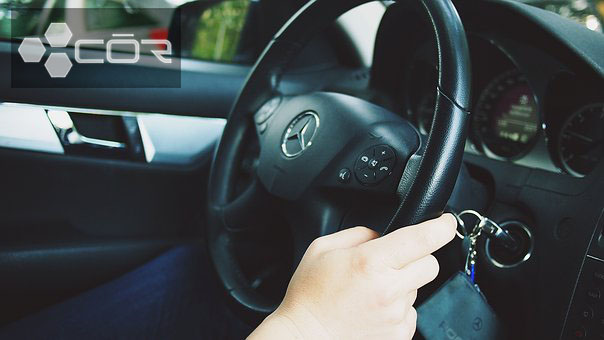
This is a red flag that I happened to notice when I jacked up my car and rotated my tires at home. Whenever I moved one or both of the wheels, they shifted slightly and created a clicking sound.
I will show you the detailed steps in the next part. You may quickly and easily test your car’s tie rods in your driveway this way when you’re unsure if they’re damaged.
What Causes Bad Tie Rod
When the tie rod fails or becomes damaged, it can result in bad steering and vehicle alignment issues, making it crucial to identify the causes of bad tie rod issues. Here are some of the most common causes.
- Wear and Tear: As with most mechanical components, wear and tear significantly cause a bad tie rod. Over time, it can become worn, leading to excessive play and eventual complete failure.
- Lack of Lubrication: Tie rod ends must be lubricated regularly to reduce friction and prevent corrosion. This part can become damaged or worn without proper lubrication, ending up with poor steering performance.
- Impact Damage: The part will wear out if the vehicle hits curbs, potholes, or other obstacles on harsh road conditions. This damage might bend or break the tie rod, leading to a significant loss of steering control.
- Corrosion: Decay also puts an end to a tie rod. Rust and other types of corruption can weaken the tie rod, causing it to fail over time.
- Improper Installation: If the tie rod is not installed correctly, alignment issues and premature wear are on the horizon, resulting in a bad tie rod.
My Tip: How To Check For Bad Tie Rods At Home
I have performed many tries and failed to find the best way to examine your tie rods. Today, I will share it with you.
Step 1: Put your car on a drive-up ramp so you can check it while the weight of the vehicle is on it. The ramp technique is recommended, but in my case, I did this while the automobile was jacked up and securely supported by jack stands.
Step 2: Once the automobile has been raised, find the outer tie rod on your steering knuckle and follow it inward to reach the inner tie rod. Try to move the steering rod straight up and down. There shouldn’t be any looseness or clicking.
Step 3: Move your rod in the same manner but toward the front and back of the car. Attempt to twist the rod. A good rod should either have no twist or only a tiny twist in both directions.
The joint fails if it is incredibly loose and can be turned with little effort at all. I could even hear a click clearly since the damage was so severe back then.
When aligning a vehicle, an auto shop could occasionally inform you that a tie rod is damaged because it has become stuck within the adjustment sleeve or the outer and inner units are attached.
It normally takes a lengthier job and the use of a torch and multiple applications of penetrating lubricant to free these two.
At some time, I even run into this and get the “We can’t get it done” phone call from a store. If this also happens to you, believe me; I feel you. Now, you need to repair the affected parts and bring the vehicle back in for alignment.
How To Prevent Bad Tie Rod
Below are some tips that can help you prevent this issue from happening.
Routinely greasing: Tie rods must be lubricated regularly to prevent premature wear and tear. The constant friction between the tie rod and other steering components can cause heat buildup and accelerated wear. To prevent this, it’s essential to apply suitable grease to the tie rod and other automotive components regularly.
Gentle Driving: Aggressive driving can put excessive stress on the steering system components, including the tie rods. This is linked to premature wear and tear and even wreaks havoc on the tie rods.
Service: Regular servicing is crucial to keep the tie rods and other steering system parts in good condition. During routine auto maintenance checks, such as tire rotations and alignments, have a qualified mechanic inspect the tie rods for wear and damage.
Frequently Asked Questions
Can I Drive With A Bad Tie Rod?
No. Driving with a bad tie rod is not recommended, as it can compromise the steering of the automobile and lead to a potential safety hazard. Suppose you have any trouble with this part; you need to get it checked as soon as possible by a qualified mechanic.
How Long Will A Tie Rod Last?
Generally, a tie rod can last anywhere from 50,000 to 100,000 miles. Its lifespan can vary depending on several factors, such as driving conditions, frequency of use, and basic maintenance routine.
How Often Do You Replace Tie Rods?
To make sure your tie rods are in good operating order, the majority of car manufacturers advise having them examined every 15,000 miles. In case your tie rod shows signs of wear or damage, it should be replaced as soon as possible.
The Bottom Line
Recognizing the symptoms of bad inner and outer tie rods is vital to avoid potential safety hazards while driving. Suppose you notice any warning signs I discussed, such as steering wheel issues, front-end misalignment, or unusual sounds. In this case, it’s essential to have your vehicle inspected by a qualified mechanic.

